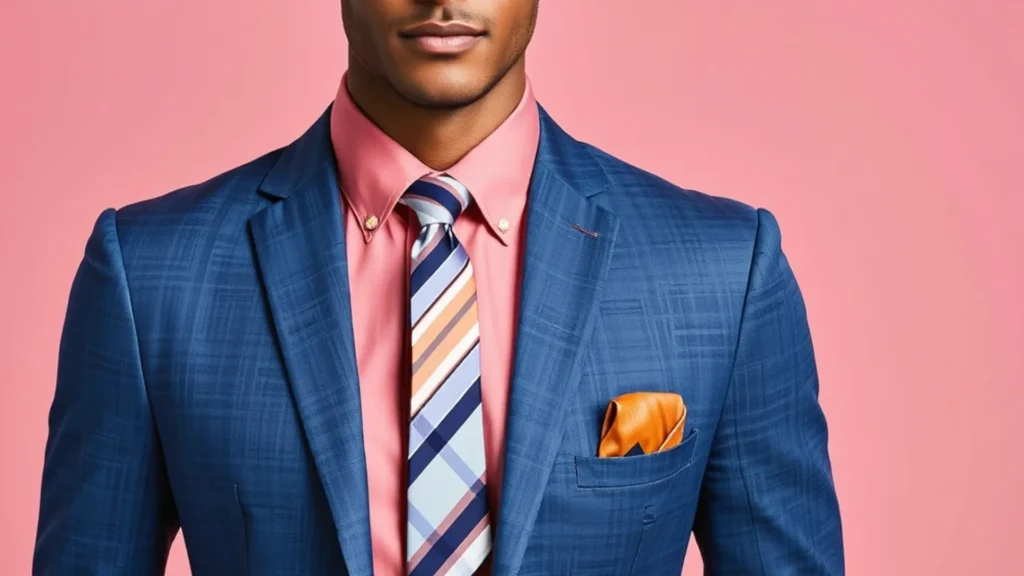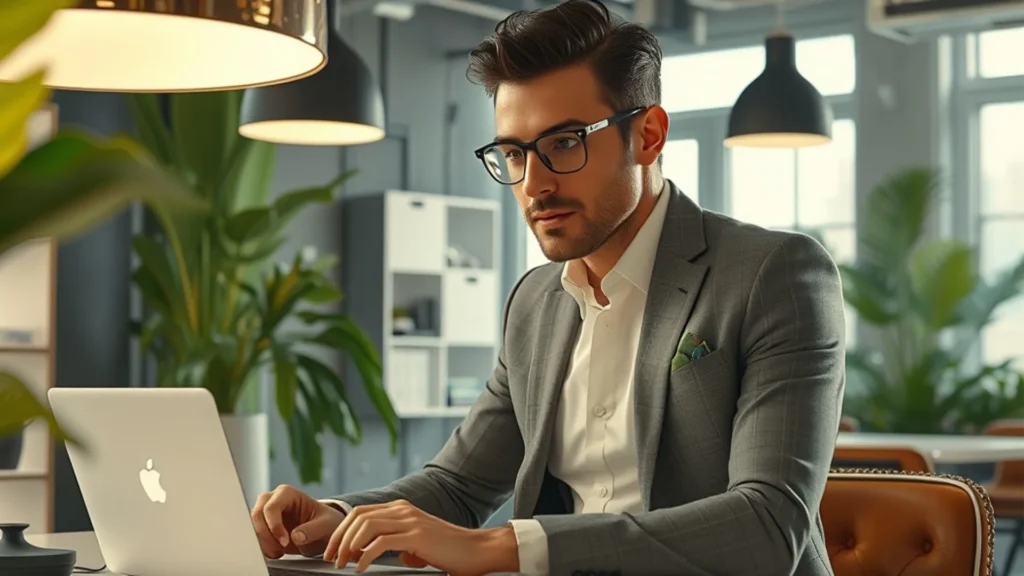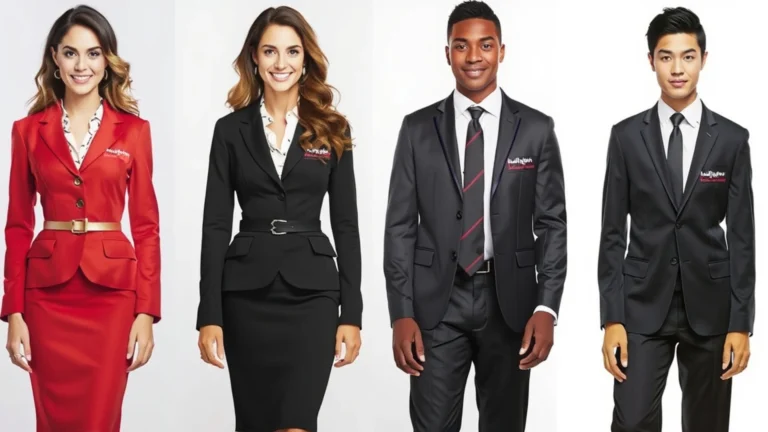Decoding the Business Casual Dress Code: A Comprehensive Guide to Professional Yet Relaxed Attire
In recent times, the approach to workplace attire has evolved from strict formal wear to a more laid-back, business casual style. This change reflects shifts in corporate culture, the emergence of technology and creative sectors, and a broader desire for comfort and adaptability in professional appearances. Nowadays, business casual is commonly accepted in many workplaces, allowing employees to blend professionalism with comfort and style in their everyday outfits.

This article will explore the nuances of the business casual dress code, detailing its essentials, key elements, and strategies for achieving a polished yet comfortable look at work. We will also share practical advice on suitable attire, items to steer clear of, and how to adjust your business casual wardrobe to fit various workplace atmospheres.
What Does Business Casual Mean?
Business casual refers to a dress code that finds a middle ground between formal business clothing and casual wear. It enables employees to present themselves in a manner that feels less rigid while still conveying professionalism. Although interpretations of business casual can differ based on industry, organization, and region, it generally signifies wearing neat, well-fitted clothing that is more relaxed than traditional suits.
The primary purpose of the business casual dress code is to cultivate a professional atmosphere while giving employees the liberty to dress comfortably compared to formal office environments. Achieving this look hinges on selecting office-appropriate clothing that also showcases personal style.
Essential Elements of a Business Casual Wardrobe

A well-rounded business casual wardrobe consists of versatile, polished garments that can be combined for various professional looks. Key pieces for men and women often include:
For Men:
– Shirts:
– Button-Downs: A clean button-down shirt in neutral shades like white, blue, or gray serves as a foundational piece. Subtle patterns such as stripes are acceptable, but loud graphics should be avoided.
– Polos: A fitted polo shirt offers comfort while maintaining a professional appearance when matched with tailored trousers.
– Sweaters: Lightweight crewneck or v-neck sweaters can be layered over button-downs for an elegant yet cozy look; however, steer clear of overly casual options like hoodies.
– Trousers:
– Chinos: Popular for their polished yet relaxed vibe, chinos come in colors such as navy, beige, and gray.
– Dress Pants: Simple-cut dress pants in neutral tones are also fitting for business casual settings.
– Dark Jeans: In certain office cultures, dark denim may be appropriate if styled with a button-down and blazer.
– Jackets and Blazers:
– Sport Coats/Blazers: A well-fitted blazer can enhance a business casual outfit, ideally made from materials like cotton or lightweight wool.
– Cardigans: A smart cardigan adds warmth without being overly formal.
– Shoes:
– Loafers: Comfortable loafers pair nicely with chinos or dress pants and come in various materials.
– Derbies/Brogues: These lace-up shoes offer a slightly dressier option while remaining within the business casual realm.
– Clean Dark Sneakers: In some creative environments, minimalist dark sneakers may be permissible with business casual outfits.
– Accessories:
– Belts: A simple leather belt in a neutral shade is essential.
– Watches: A classic watch can enhance your look; avoid overly flashy designs.
– Ties: While typically optional, ties can elevate your look for meetings.
For Women:
– Tops:
– Blouses: A well-tailored blouse in neutral or soft prints is fundamental. Avoid overly revealing styles like tank tops.
– Button-Downs: A tailored button-down in solid colors or subtle patterns can combine professionalism with comfort.
– Sweaters/Cardigans: Layering a fitted sweater or cardigan over a blouse provides warmth while maintaining polish.
– Bottoms:
– Pants: Tailored dress pants or chinos should fit well and have hems just above the shoe.
– Skirts: Knee-length or midi skirts in structured fabrics are suitable options; pencil or A-line styles work well.
– Dresses: A simple knee-length dress in a professional cut is ideal; avoid sundresses or overly casual styles.
– Jackets and Blazers:
– Blazers: A tailored blazer enhances any business casual ensemble and pairs well with trousers, skirts, or dresses.
– Cardigans: A simple cardigan can add comfort and style over blouses or dresses.
– Shoes:
– Flats: Stylish flats such as ballet shoes are comfortable options for business casual.
– Low to Medium Heels: Closed-toe heels in neutral colors provide a polished appearance without being overly formal. Boots: Ankle or knee-high boots made of leather or suede are suitable for business casual outfits, particularly during the colder seasons. Accessories:
Scarves: A straightforward scarf can introduce a stylish flair and additional warmth to your outfit while maintaining a polished look.
Jewelry: Choose understated and sophisticated pieces such as stud earrings, a fine necklace, or a timeless bracelet, avoiding anything too large or ostentatious.
Handbags: A well-structured handbag in neutral shades like black, beige, or navy is the most suitable option for a professional appearance. Refrain from using overly casual bags, such as large totes or soft purses.
Guidelines for Business Casual Attire:

Understand Your Workplace Culture: Different workplaces have varying interpretations of business casual. In conservative fields like finance or law, it may still require formal elements like button-down shirts and dress trousers, while tech or creative sectors might embrace a more laid-back style, allowing for jeans and polo shirts. Always pay attention to your colleagues’ attire and adapt your choices accordingly.
Prioritize Fit: Regardless of whether you’re in chinos or a blouse, the fit of your clothing is crucial for achieving a polished business casual look. Ill-fitting garments can detract from even the most expensive outfits. Aim for tailored pieces that complement your body shape.
Avoid Excessively Casual Items: While business casual promotes comfort, steer clear of overly relaxed items such as flip-flops, distressed jeans, graphic tees, sportswear, and shorts. Maintain a professional appearance, even if it’s less formal than traditional business attire.
Opt for Neutral Tones: Neutral colors like navy, gray, black, white, and beige form the backbone of a business casual wardrobe. They offer versatility and timelessness, allowing easy coordination with other hues and patterns. However, feel free to add a splash of color through accessories, shirts, or scarves to showcase your personal style.
Grooming Is Essential: Grooming remains important even in a business casual setting. Ensure that your hair is tidy and clean, your nails are well-kept, and your clothes are spotless and pressed. This level of attention demonstrates that you value your professional appearance.
What to Avoid in Business Casual Wear:

Casual Jeans: Light-wash or distressed denim is typically not appropriate in business casual environments, though dark, well-fitted jeans may be acceptable depending on company standards.
Sneakers or Sandals: Unless explicitly permitted by your workplace, it’s advisable to refrain from wearing sneakers or sandals, as they can lend an overly casual feel to your outfit.
Clothing with Branding: Stay away from garments featuring large logos or distracting slogans; these tend to be too informal for business casual settings.
Revealing Attire: Garments that are overly tight, low-cut, or otherwise revealing are unsuitable for business casual environments. Keep your look professional and modest.
Final Thoughts:
The business casual dress code aims to provide employees with the opportunity to maintain a professional yet comfortable appearance at work. By grasping the essential elements of a business casual wardrobe and aligning with your office culture’s expectations, you can achieve an ideal mix of style, comfort, and professionalism. With thoughtful wardrobe selections, you’ll confidently navigate the contemporary workplace—whether in meetings, collaborating with peers, or working solo.


